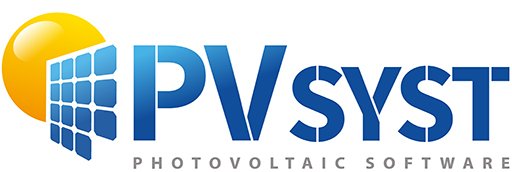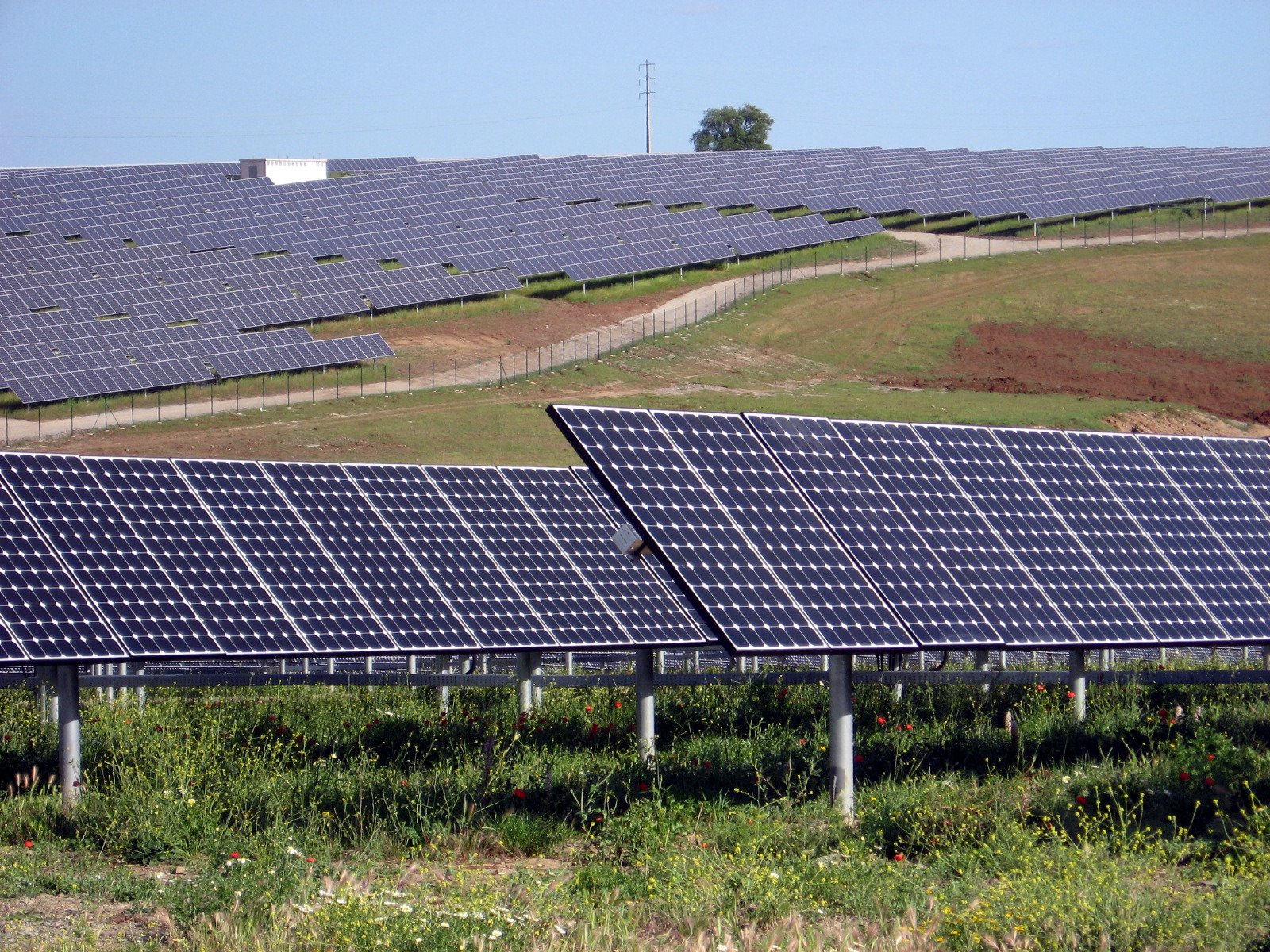-
Posts
887 -
Joined
-
Last visited
Everything posted by dtarin
-
GHI, DHI, ambient temperature, wind speed, or POA irradiance (GlPMeas in the custom meteo menu), ambient temperature, wind speed
-
It is due to the orientation. PVsyst calculates POA as if it is a monofacial module first. A monofacial module oriented vertically 90 degrees in the EW direction would not receive direct light when the sun is behind the module, which is essentially for half the day. A module flat on the ground at 0 tilt receives no transposition gain, POA = GHI (roughly speaking). When you tilt that module vertically to 90 degrees in the EW direction, it's halved. In your waterfall diagram, GlobInc is -51%.
-
Is this a vertical bifacial system? I believe the PR calculation you see does not take into account rear-side irradiance in the PR calculation, and only the front-side POA irradiation. Since your bifacial gain is so high and your POA (GlobInc) is negative, this would lead to a PR greater than one. Try manually calculating PR to include the rear-side irradiance, and see what your results are.
-
We got these values from Belpex, so It's quite accurate... Belpex: https://my.elexys.be/MarketInformation/SpotBelpex.aspx Those are prices per MWh. Check if you entered the correct price per kWh. Electricity doesn't cost that much, so the issue is with your feed-in tariff. A screenshot of that tab would help if there is further doubt. For example, assuming the year 1 production is 13,346 kWh (the energy sold to the grid), your year 1 cost of energy according to your results is 344,300/13,346 = €25.79/kWh. This does not seem correct.
-
Your feed-in tariff is too high, unrealistic price of energy.
-
Their performance would just be reflected in the soiling profile the user enters.
-

Error using SMA sunny tripower inverter 8kW
dtarin replied to EmmaVanoverschelde's topic in Problems / Bugs
This is not an error. It is letting you know the array is sized higher than the inverter input rating. In the OND file, you likely have the contractual specification checked on the maximum PV power. You can uncheck this to remove the warning. Note you have defined 1.9 inverters in your global system. -

Your PV system is not suited for the bifacial 2D model computation
dtarin replied to Gyeongil Kwak's topic in Problems / Bugs
Pitch and tilt need to be uniform for bifacial. Split the different orientations into different variants and combine in excel with the 8760. -
How close are your carports together? If you have laid them out according to the layout, and they are somewhat close, PVsyst might be interpreting them a certain way as having non-uniform pitch. Try separating them by a considerable distance and see if that works. A picture if your layout would also help.
-
I would recommend also collecting ambient temperature (Tamb) and plane of array irradiance (POA) at a minimum. With POA, Tamb, windspeed, and power output, you can conduct a capacity test according to ASTM E2848 to compare the model and measured data. Since you are considering bifacial, you might also want to include backside irradiance and albedo.
-
Yes, the hourly output file. The variable to select is inverter output (EOutInv). It will be the sum of all inverters. Check the maximum hourly output against the (number of inverters * inverter rating).
-
The PV engineer should determine the number of inverters to use in PVsyst and enter that number, taking into account elevation, ambient temperature, etc. PVsyst will display Pnom on the report, however if you check the 8760, it will reach 215 max output (assuming you have the irradiance and enough DC), not 200. Inverters are not sized by the average temperature of a location, though. Usually a higher temperature is selected so that nameplate is guaranteed for most operating conditions (http://ashrae-meteo.info/v2.0/). Note that the inverter manufacturer has defined Pnom here, not PVsyst. Nevertheless, your output is not being limited to Pnom.
-

simulation with positive value in pv loss and inverter loss
dtarin replied to byat's topic in Problems / Bugs
Yes, the PAN file is associated with PV modules, and the OND file is associated with inverters. -
So this is the limitation in PVsyst in that we define tables smaller than our actual string size*. Before taking into account electrical effect percentages in PVsyst, the electrical effect loss is already underestimated when table sizes are smaller than the string size. A 70% electrical effect will not overestimate losses, it would be the opposite: 100% results in higher electrical effect losses compared to 70%. But since the partition size is less than the string size, that is a separate factor contributing to underestimation. This is more severely impacted with you have high undulations or tree shading. If you have significant undulations in your terrain, or significant tree shading, you will underestimate your electrical effect losses with a 70% setting in combination with a partition size less than your string size. This also depends on your stringing configuration & the type of module (half cell or full cell). So if you're conservative in your partition definition, perhaps you can go with something less than 100%. If you're aggressive in your partition definition, then you'll be underestimating electrical effect losses if you combine that with a lower electrical effect percentage. In your case, a table length of 20 will allow you to get closer to actual shading losses. Your 4x5 & 4x10 tables may need a different partition size to avoid underestimation if your shading is irregular and significant. *I've suggested to PVsyst they should allow for the option to exceed 100% electrical effect loss, because when we have smaller table definitions (relative to string size), we have little to no means of compensating for the underestimation of losses even when setting to 100% electrical effect. That is until the module layout method is actually useable for larger systems, or something else is implemented.
-
US-based designs are in ft, yet the pitch input is in meters and only to two significant figures, resulting in (backtracking-related) issues when converting. Please increase to four decimal places.
-
There is no straightforward answer. Are you modeling tracker or fixed tilt? What is your table size in PVsyst shade scene relative to your string length?
-

simulation with positive value in pv loss and inverter loss
dtarin replied to byat's topic in Problems / Bugs
Your PAN and OND files are not correct. -
I've been getting this often, and PAN/OND files being invalidated
-
There should be a report which accompanies the PAN file that details the IAM calculation. If there is not, I personally wouldn't use it until there is such a report available.
-
For shading calculations by considering very long rows, unlimited sheds ignores edge effects. Modules on the edges of an array will have lower shading losses compared to modules on the interior of an array, which is what unlimited sheds captures. This has a tendency to produce less accurate shading losses compared to generating a 3D shade scene.
-
Temperature yes, if it is specified in the OND file. Voltage, I am not sure.
-
See here. https://forum.pvsyst.com/viewtopic.php?f=23&t=5316
-
You are not required to choose one of the pre-sizing features. Simply select No sizing.
-

Is PVsyst able to determine the tables distance on N-S slopes?
dtarin replied to oliver jr's topic in Shadings and tracking
If you are using PVcase, you can export that shade scene very easily into PVsyst.

